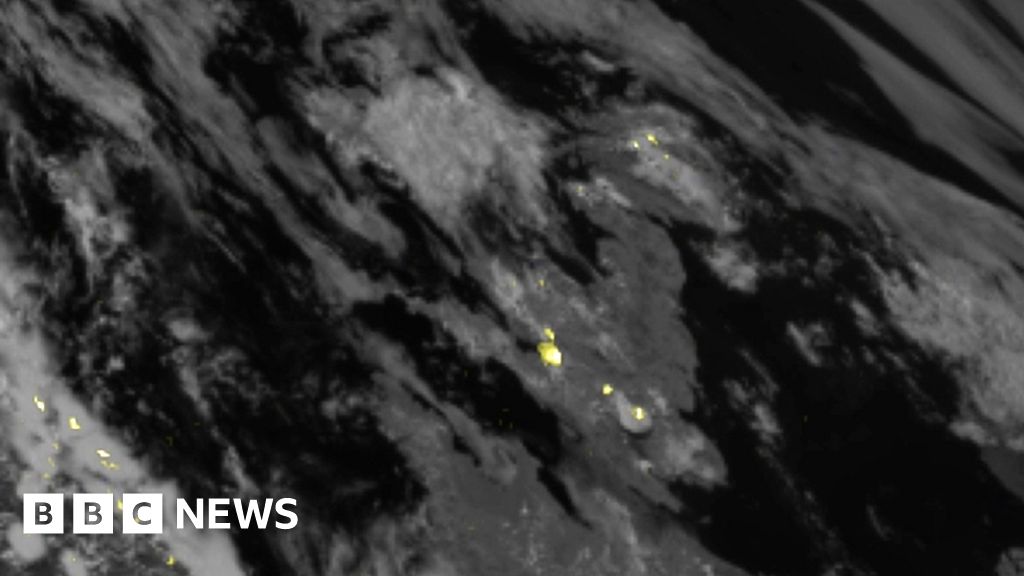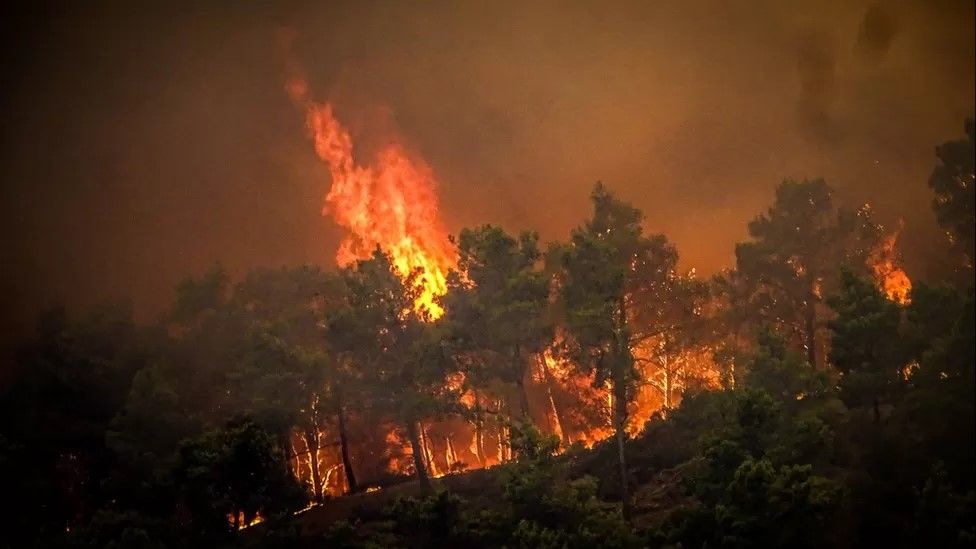The European weather service Eumetsat has just made stunning movies of lightning striking the entire planet.
A brand-new instrument that was launched 36,000 kilometers above equatorial Africa in December made them.
Once fully operational, the imager will be a crucial tool for forecasters as they monitor the development of severe storms.
Heavy rain, hail, and even strong wind gusts are frequently preceded by lightning.
Director-general of Eumetsat Phil Evans called the films "fantastic.".
According to him, the Americans have had a device similar to this over their region of the world for a few years, but this is the first one for Europe and Africa.
"Since our imager is more capable in terms of resolution and performance, there is a lot of interest in the potential applications of its imagery. ".
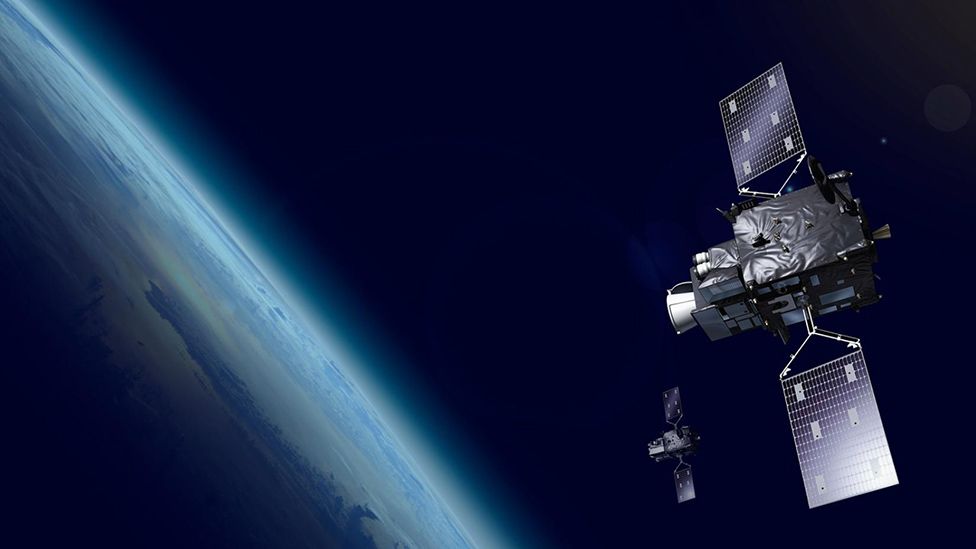
The intergovernmental agency responsible for overseeing Europe's meteorological satellite assets is called Eumetsat.
It is currently putting to the test the recently launched Meteosat-12 platform, a next-generation weather-observing spacecraft that experts predict will usher in a significant improvement in "nowcasting," or the forewarning of difficult atmospheric conditions on very short time horizons, in the order of just hours.
The core of this capability will be lightning behavior monitoring.
Four telescopic cameras on the Meteosat-12's lightning detector are directed at Europe, Africa, the Middle East, and some of South America.
Their detectors are constantly on the lookout for the light pulses that come from intra-cloud, cloud-to-cloud, and cloud-to-ground lightning strikes.
They are able to do this day or night and can even capture a single lightning strike that lasts only 0 point 6 milliseconds (a human eye blink typically lasts between 100 and 150 milliseconds).
On June 12, there is a stunning movie of lightning over the UK.
According to BBC Weather forecaster Simon King, "The location of the thunderstorms was captured really clearly from the satellite, and made even more fascinating by the development of a "Mesoscale Convective System" or MCS.".
"Under certain conditions, this thunderstorm expands and produces additional thunderstorms. The satellite first detects this cloud area in south-east England, but as it grows and moves north-west, we can see lightning develop on its leading edge. ".

Forecasters in Europe already have highly efficient ground systems to find lightning. A discharge is detected by the ATDNet (Arrival Time Difference Network) from its radio frequency emission. Also employed is radar.
However, according to Simon Keogh, head of space applications and nowcasting Randamp;D at the UK Met Office, "those lightning networks tend to detect primarily the cloud-to-ground lightning strikes, rather than the cloud-to-cloud, or intra-cloud lightning.".
"Those lightning strikes from clouds to the ground only account for 10% of all lightning activity in the atmosphere. The optical satellite is detecting lightning activity within the cloud, which accounts for the remaining 90%. These systems are wholly complementary in my opinion. ".
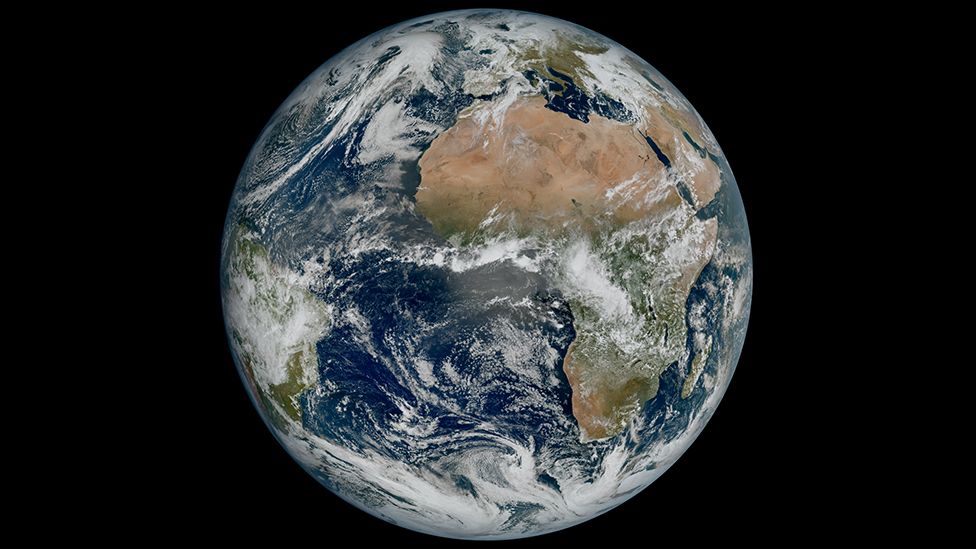
Additionally, there are fewer radio frequency systems in Africa, where the majority of lightning strikes on Earth. Forecasters will therefore find the Meteosat data to be very helpful.
The same holds true for ocean surveillance. Long-haul airliner safety should be improved by the imager's monitoring of what's happening over the Atlantic.
The data from the new imager will undoubtedly be of interest to climate researchers. They'll be able to compile much better statistics over time on the frequency of lightning thanks to it.
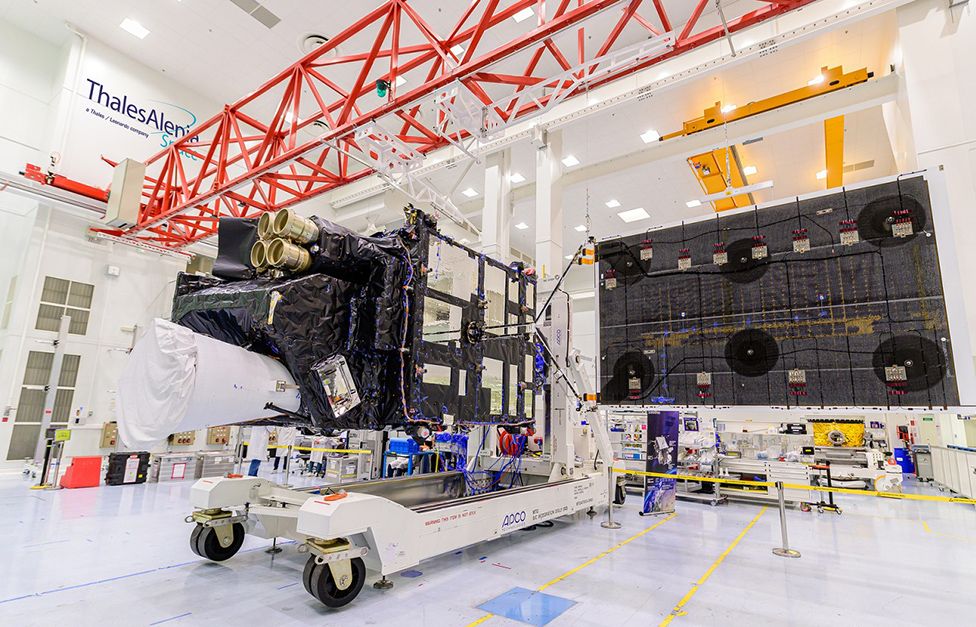
Even atmospheric chemists will be enthralled. The "unreactive" nitrogen in the air is transformed into the "reactive" forms by the energy of lightning, which then fall to the ground as nitrates to fertilize the soil.
Helping to improve the models that are used to predict where forest fires might start as a result of lightning strikes would be an additional potential benefit.
The Italian aerospace company Leonardo produced the Meteosat instrument at its Campi Bisenzio, Florence, manufacturing facility.
The spacecraft will undergo testing all throughout this year. Early in 2024, the national forecasting services—including the German Meteorological Service, Meteo France, and the UK Met Office—should be routinely utilizing Meteosat-12 data.

